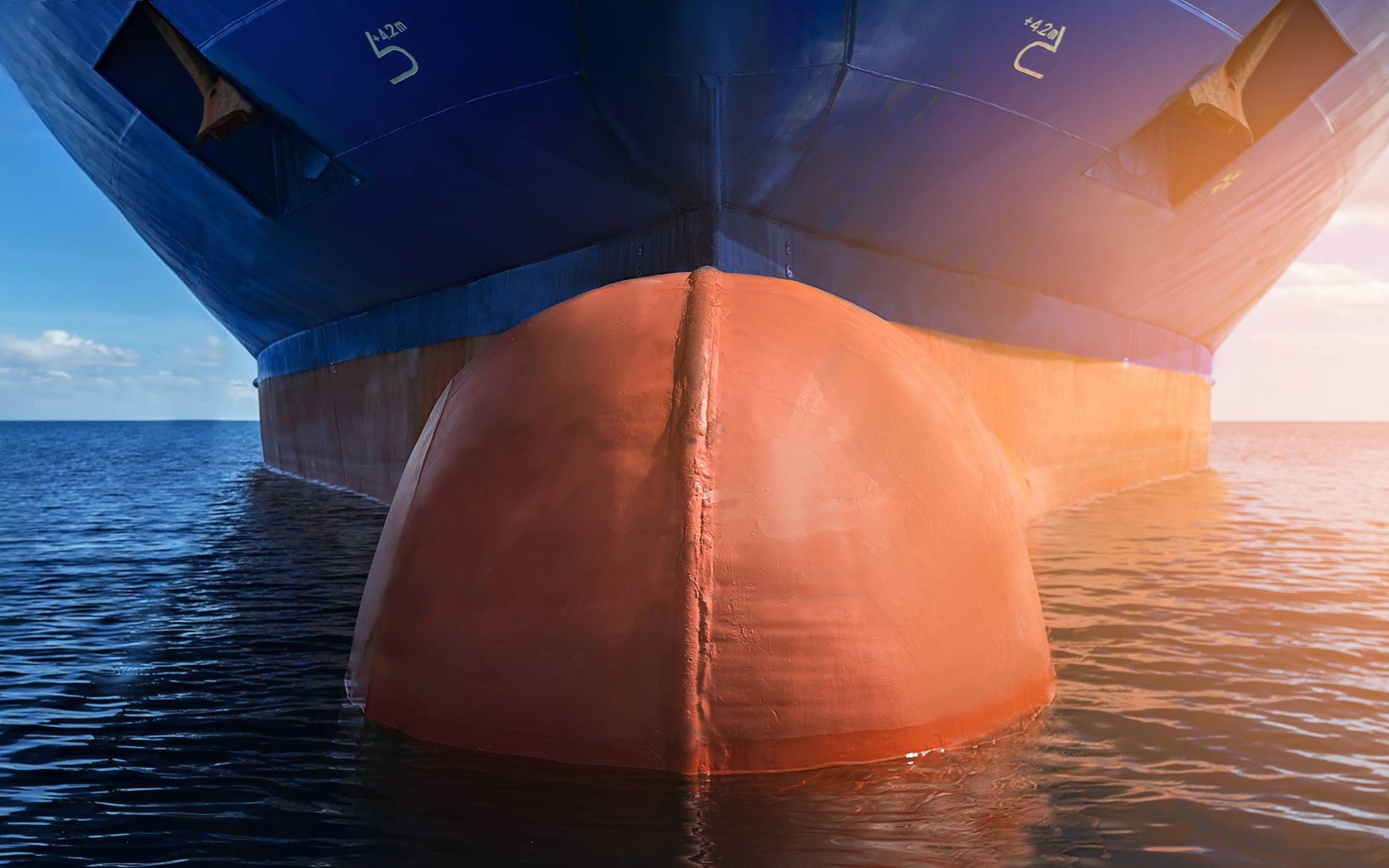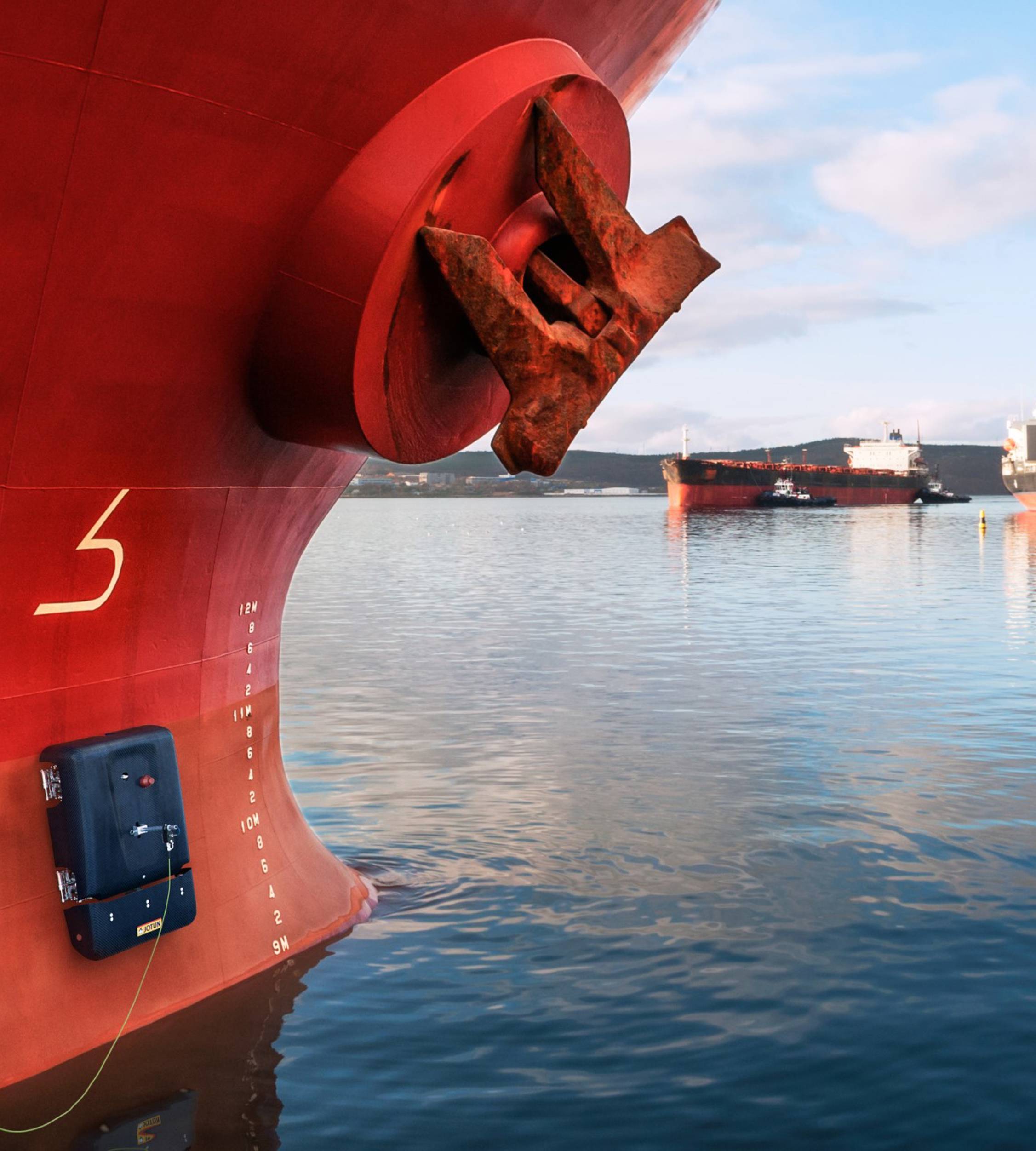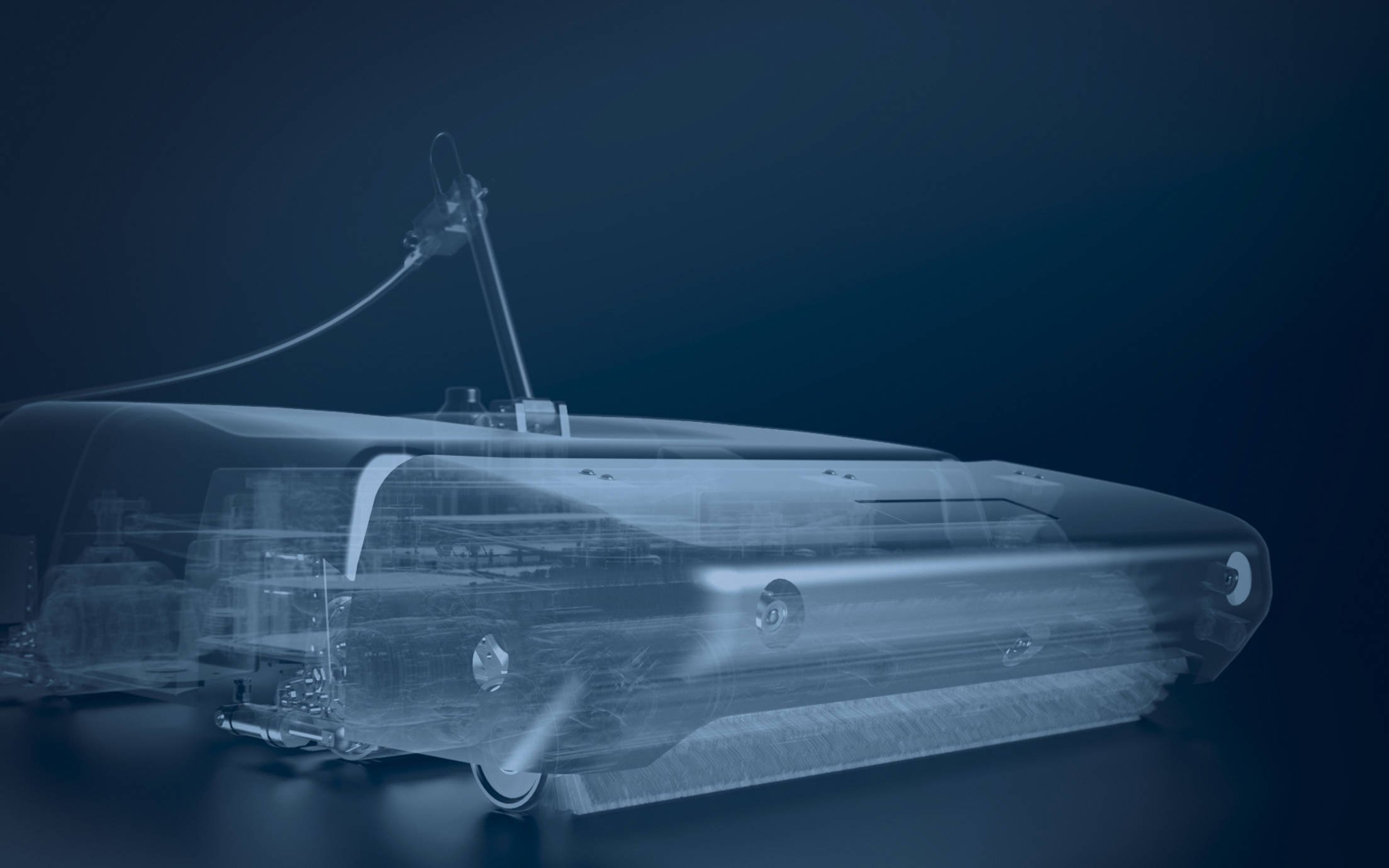
Jotun Hull Skating Solutions: How does it work?
Jotun Hull Skating Solutions constitute a groundbreaking approach to in-service hull performance. This is how it works.

Most shipowners and operators accept that anti-fouling coatings and operational measures combine to affect efficiency and they will make choices mostly based on their own experience of different products.
There are many solutions in the market today, offering different types of anti-fouling coatings that use different types of technology to ensure that fouling will not settle on the ship’s hull. One area, however, where today’s solutions for anti-fouling have not fully succeeded is challenging operations, forcing owners and operators to spend a lot of money and effort on inspections and cleaning.
Aside from cleaning or replacing the antifouling during drydockings, hulls and propellers may be cleaned occasionally in water while in service. This is normally done on the so-called reactive cleaning basis, which usually takes place during the dry-docking at periods not greater than 2.5 years or when heavy fouling is evident. Today, performance monitoring software tools make it possible to detect varying degrees of fouling based upon the ship’s performance and fuel consumption data and allow for cleaning to be arranged. However, at this stage fouling is already a major problem.
Traditionally cleaning would be done by teams of divers and this is still a method that is in common use, but which is increasingly coming under scrutiny. Diving teams may be good at clearing the fouling from the hull but there are problems. Firstly, it is a labour intensive and costly process. If there are insufficient divers available, the time needed can be difficult for ship operators to fit into schedules and may lead to off-hire time for chartered ships.
Moreover, the cleaning process can lead to the coating becoming damaged and potentially creating an even worse problem in a very short time. Much more of an issue is the effect on the environment as the cleaning process usually results in the removed matter being deposited on the seabed or left drifting in the water. This can have a detrimental effect on local ecosystems and is something that authorities are not keen on permitting.
Consequently, cleaning by divers is not permitted in many ports and because of the pollutants and biosecurity risks, several more are threatening controls or complete bans. That does make following the International Maritime Organisation’s (IMO) biofouling guidelines difficult and is something that will need to be addressed if controls become mandatory.
Robotic cleaning is another way to clean hulls and is being increasingly discussed in the maritime industry, with assorted solutions of varying maturity emerging. There are various factors driving this development. The growing concern around invasive species at IMO level is focusing consideration on hull cleaning, and the discussion on performance monitoring has led to re-thinking current coating and cleaning strategies. Also, the general progress in robotics now allows more mature technologies.
However, the use of robot devices such as remote operating vehicles has traditionally been very costly and required extensive training to operate. Also, the current solutions on the market do not offer the operational flexibility of “anywhere, anytime” cleaning and inspection.
The ground-breaking new proactive cleaning approach is engineered to keep the hull free of fouling at all times as compared to conventional reactive cleaning methods.
Proactive cleaning involves cleaning the hull regularly before hard growth takes hold and prior to changing geographical bio-environment. Proactive cleaning is less aggressive, causing less damage to both the coating and the local environment, whilst reducing fuel consumption on passage. The approach also reduces the risk of transporting invasive species from one bio-environment to another.
Put simply, Jotun Hull Skating Solutions keeps your ship’s hull clean to minimise performance loss with no debris or waste, giving an unmatched environmental footprint and full operational flexibility.

Jotun Hull Skating Solutions constitute a groundbreaking approach to in-service hull performance. This is how it works.

Jotun Hull Skating Solutions (HSS) provides market leading hull performance by combining advanced coating systems with proactive, efficient, safe and environmentally friendly inspections and cleaning.

Jotun’s Hull Skating Solutions provides the industry with a highly professional and revolutionary inspection and proactive hull cleaning technology. A primary component is the onboard Jotun HullSkater technology.
A video is being shown
An image is being displayed
A brochure is being displayed